
An ASCO expert panel conducted a comprehensive literature assessment to determine how diet, weight, and exercise play a role in defining patient outcomes.

An ASCO expert panel conducted a comprehensive literature assessment to determine how diet, weight, and exercise play a role in defining patient outcomes.

Sherry Adkins, MSN, ANP-C, discusses some key considerations in ensuring quality patient care after they have completed CAR T-cell therapy at a specialized center.

The Florida Senate recently passed the No Patient Left Alone Act SB 988, which will allow visitors back into the hospital, regardless of their COVID-19 vaccination, so that no patient will wake from surgery or find themselves in hospice, without a family member by their side.
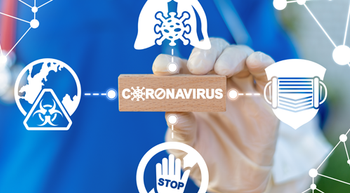
Gabriella Magarelli, MSN, ACNP-BC, AOCNP, reflects on lessons learned caring for patients with cancer and COVID-19.

Lidia Schapira, MD, FASCO, discusses the importance of rigorous baseline measurement in improving the assessment and management of distressful cancer symptoms.
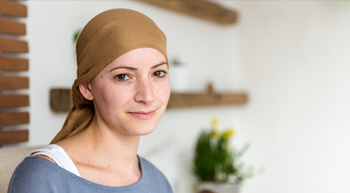

Pediatric oncology nurses and social workers routinely collaborate not only in the biopsychosocial assessment of families’ psychosocial needs and distress, but in developing interventions that can improve a patient’s and family’s quality of life while in pediatric cancer treatment and in survivorship.

Gretchen McNally PhD, ANP-BC, AOCN, spotlights the value that naloxone training for oncology nurses and providers could have for patients who are at a high-risk of overdose.

In this episode of The Vitals, Lidia Schapira, MD, FASCO, recounts highlights from the 2022 ASCO Symptoms and Survivorship track and underscores key takeaways for practitioners seeking to enhance the delivery of cancer survivorship care.

Gretchen McNally PhD, ANP-BC, AOCNP, discusses the potential impact advanced practice providers and nurses could have in the opioid pandemic if the correct educational opportunities were available.
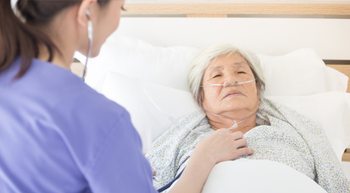
Nurse navigators may play a key role in mitigating toxicities from chemotherapy and perform geriatric assessments for patients treated at hematology/oncology clinics.

Darcy Burbage, DNP, RN, AOCN, CBCN, discusses the top takeaways from the 2022 ASCO Annual Meeting for oncology nurses.

Mandible reconstruction and maxilla reconstruction surgeries might be optimized with virtual surgical planning, according to an expert speaker at the 2022 Supportive Care in Cancer Annual Meeting.

Mary Lynn McPherson, PharmD, BCPS, FAAHPM, and Amy A. Case, MD, FAAHPM, argue that buprenorphine should play a larger role in cancer-related pain management because of its unique pharmacology and consequent safety profile.

Results of a single-center study presented at the 2022 ASCO Annual Meeting showed that oral minoxidil may be effective in treating late alopecia. Moving forward, these efforts in survivorship care will need to be expanded to less resourced areas, experts said.

This year’s congress showcased strategies for communicating sensitive topics, patient experiences with immunotherapy treatments, updates in the utility of medical cannabis, and more.
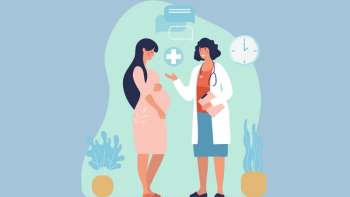
Approximately 140 in 100,000 pregnant women receive a cancer diagnosis. Of these diagnoses, 0.1% are considered malignant tumors.

Phase 2 findings found that patients with chemotherapy-induced anemia experienced increases in hemoglobin following treatment with roxadustat.

Aliènne Salleroli, MS, BSN, RN, OCN, underscores the importance of open dialogue surrounding diversity, equity, and inclusion in oncology leadership.

A Michigan State University investigator is preparing to expand on an encouraging pilot study that used a music-listening intervention to influence chemotherapy-induced nausea.

Although the CDC has put forth a strong effort to improve its opioid guidelines, many providers still feel that more can be done.

Elderly patients receiving novel-androgen hormonal therapies, such as abiraterone and enzalutamide, listed forgetfulness as their No. 1 reason for not taking prescribed pills.

Lisa Vigil Schattinger, MSN, RN, discusses her experience with medical aid in dying, and what oncology nurses need to understand when supporting patients at the end of their lives.

In this episode of The Vitals, Donna Herrera Bell, MSN, APRN, FNP-C, highlights how nurses can eliminate barriers to fertility discussions among adolescent and young adult patients with cancer.

The rise of social media platforms has helped foster a community for adolescent and young adult patients with cancer.
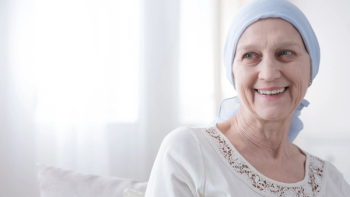
Patient-reported outcome collections continue to yield more effective and personalized treatments for patients with cancer.

Strategies to combat ethnic disparities in colorectal cancer screening are not limited to the clinic.

Current ASCO guidelines recommend that providers discuss the possibility of infertility with their patients as soon as possible before treatment begins.

Liz Stokes, PhD, JD, RN, director of the Center for Ethics and Human Rights, discusses the nurse’s role in medical aid in dying and common misconceptions.

Conversations surrounding fertility preservation may differ between young men and women with cancer, according to Donna Herrera Bell, MSN, APRN, FNP-C.